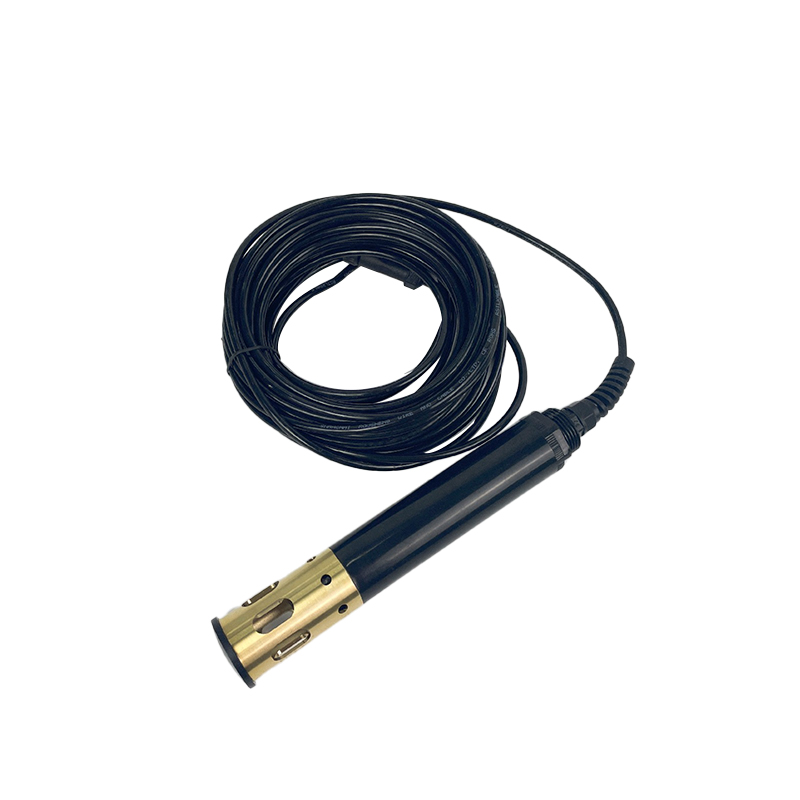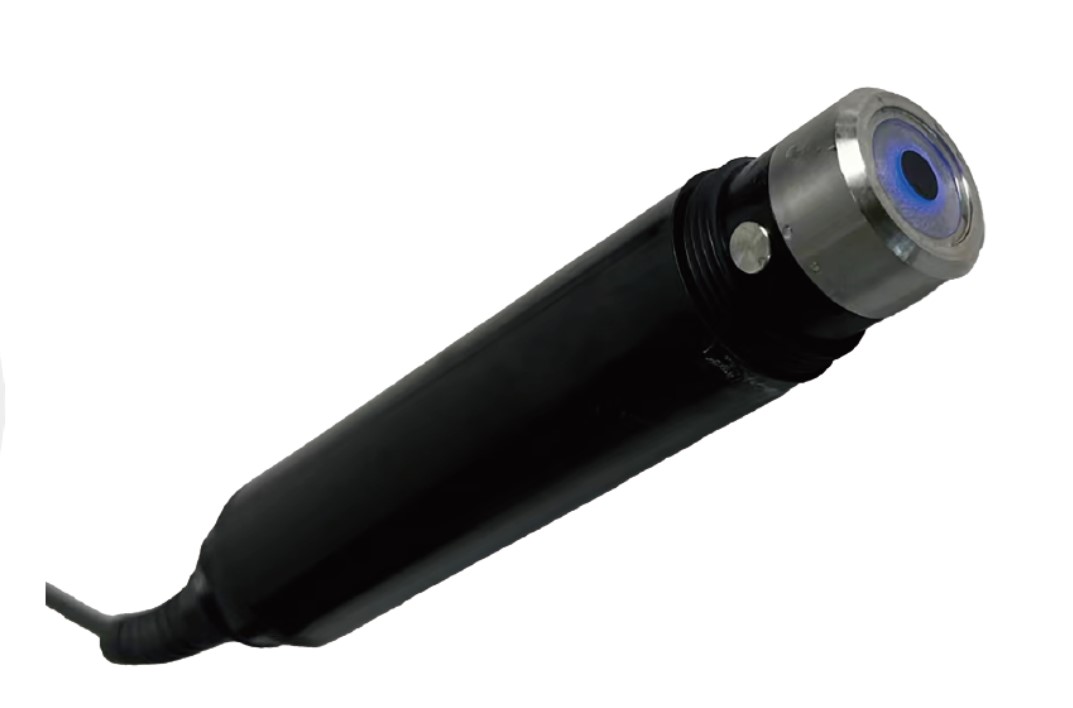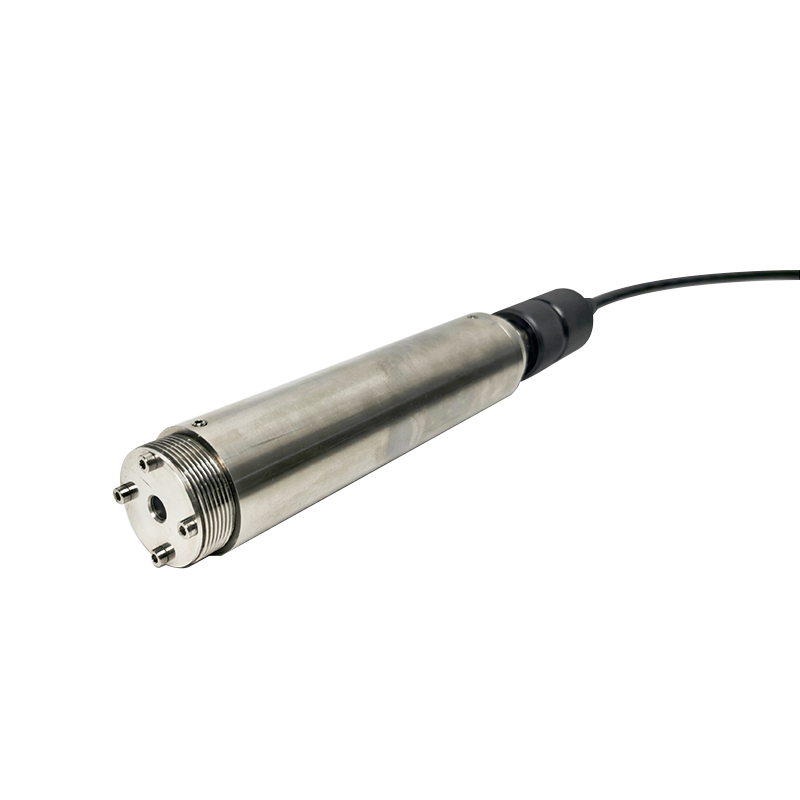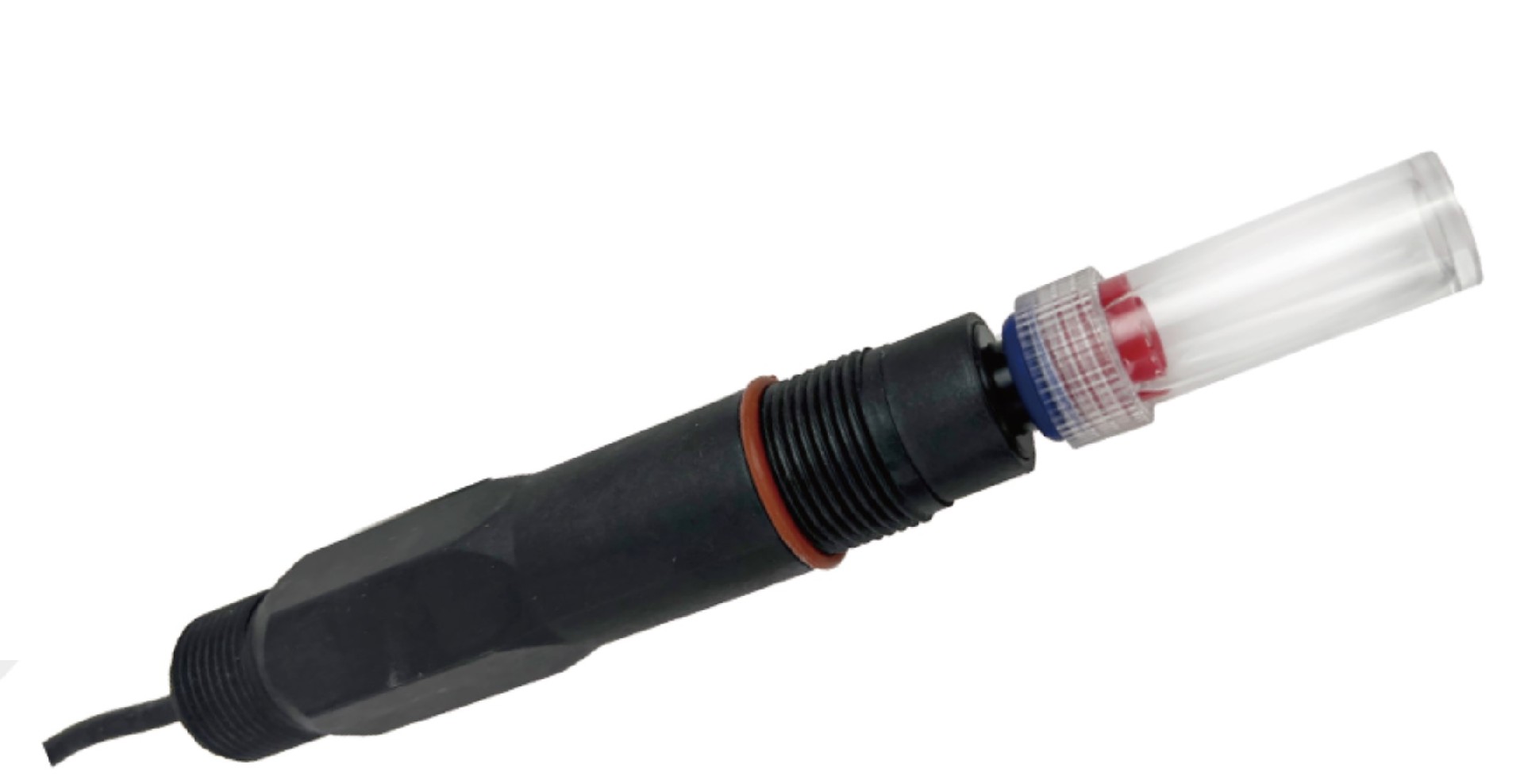The testing method standards in our country include: "Determination of dissolved oxygen in water - Iodometric method" (GB7489-1987), "Determination of dissolved oxygen in water - Electrochemical probe method" (HJ506-2009), and American ASTM standard (D888-05). The first two are national and industry standard methods in China, and the latter is a standard method recognized by the US Environmental Protection Agency.
Method for determination of dissolved oxygen in water - iodometric method
The principle of iodometric method for measuring dissolved oxygen: The determination of dissolved oxygen in water is generally carried out using the iodometric method. Add manganese sulfate and alkaline potassium iodide solution to water to generate manganese hydroxide precipitate. Due to the extremely unstable properties of manganese hydroxide, it quickly reacts with dissolved oxygen in water to form manganese sulfate. After 15 minutes, adding concentrated sulfuric acid causes the brown precipitate to react with the potassium iodide added to the solution, and the more iodine precipitates, the more dissolved oxygen, and the darker the color of the solution. Take a certain amount of reacted water sample using a pipette, use starch as an indicator, titrate with standard solution, and calculate the dissolved oxygen content in the water sample.
The iodine measurement method has complex steps and is not suitable for on-site measurement, resulting in a relatively long detection time. In water bodies where algae thrive, photosynthesis increases the amount of oxygen released, which may cause the oxygen in the water to reach a supersaturated state. At this time, it is difficult to determine the dissolved oxygen in water using the iodine method, and the measurement results are not accurate enough.
Method for determination of dissolved oxygen in water - electrode polarography
The principle of electrode polarography for measuring dissolved oxygen: a constant voltage is applied between the two electrodes, and electrons flow from the cathode to the anode, generating a diffusion current; At a certain temperature, the diffusion current is directly proportional to the concentration of dissolved oxygen; Establish a quantitative relationship between current and dissolved oxygen concentration; The instrument automatically converts the ammeter reading into dissolved oxygen concentration and displays the dissolved oxygen value on the screen.
The electrode polarography method for determining dissolved oxygen in water has a simple and fast step, and the instrument price is relatively low, which belongs to the national standard method. But as oxygen is consumed, dirt will form on the membrane and electrode, forming an oxygen gradient that will reduce the reaction rate. If the semi permeable membrane is damaged, the electrolyte is easily contaminated, which can cause battery potential drift, and the drift will be incorrectly displayed as the concentration of dissolved oxygen in the water sample. Therefore, it is necessary to regularly replace the electrolyte and semi permeable membrane.
Method for determination of dissolved oxygen in water - fluorescence method
The principle of fluorescence method for measuring dissolved oxygen: modulated blue light is applied to fluorescent substances to excite them and emit red light. Due to the quenching effect of oxygen molecules, the time and intensity of exciting red light are inversely proportional to the concentration of oxygen molecules. Using a red light source synchronized with blue light as a reference, measure the phase difference between the excited red light and the reference light, and compare the internal calibration values to calculate the concentration of oxygen molecules. After some processing, output dissolved oxygen.
The fluorescence LDO method for measuring dissolved oxygen in water is a simple and fast step. Compared to the first two methods, the fluorescence LDO method for measuring dissolved oxygen in water does not require calibration, has a fast response time, stable measurement results, no flow requirements, no interference, reduces cleaning frequency, and low maintenance.










